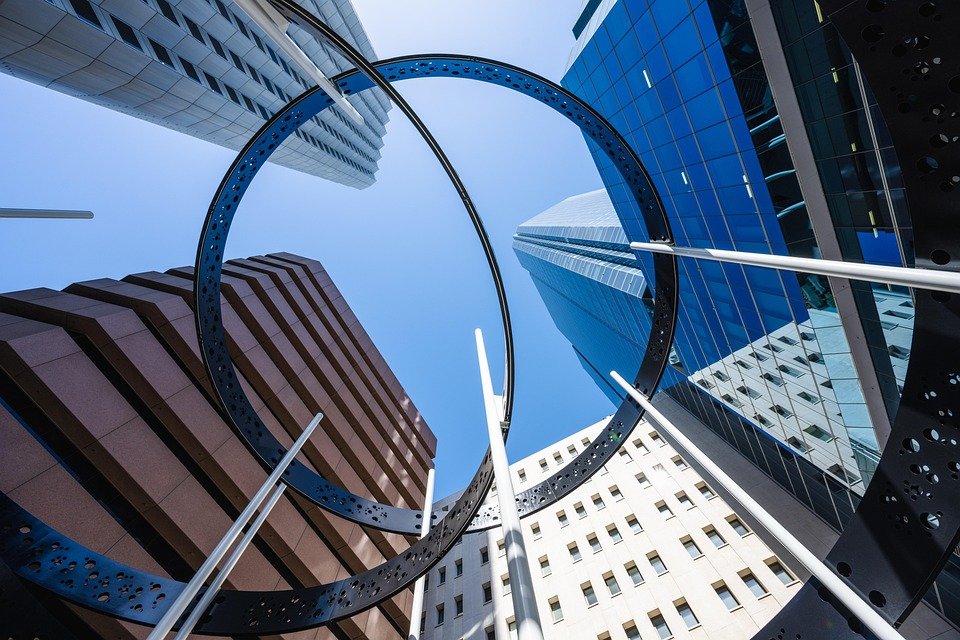Wondering when to go to Perth without running into huge crowds or bad weather? It's a sensible question! The ideal time truly depends on various factors—like weather, budget, local events, and what type of experience you're after. If you're dreaming of a sun-soaked beach getaway, the timing will look different than if you're hoping to catch some local festivals. Let's dive into the details so you can plan a perfect trip to this stunning Western Australian capital.
Overview of Perth’s Climate
When it comes to weather in Perth, the city features a Mediterranean climate. This means you'll experience hot, dry summers and mild, wet winters. From December to February, temperatures can soar to around 30-40°C (86-104°F), while June to August can see mild temperatures, generally hovering between 8-18°C (46-64°F). Rainfall is most likely between May and August, but don't let a few showers scare you off!
Seasons in Perth
- Summer (December to February): Hot and dry, perfect for beach lovers
- Autumn (March to May): Warm and comfortable, with beautiful sunsets
- Winter (June to August): Mild and rainy, but great for indoor activities
- Spring (September to November): Blooming flowers and warming weather, ideal for outdoor adventures
Understanding the temperature in Perth is key to having an enjoyable visit, so let's break it down month by month!
Month-by-Month or Seasonal Breakdown
Summer (December to February)
- Weather: Hot, with average temperatures hovering around 30°C (86°F). Perfect beach weather!
- Events/Festivals: Celebrate Australia Day on January 26th with fireworks and barbecues, and don't miss the Perth Festival in February, showcasing arts and culture.
- Pros: Ideal for beach activities and outdoor adventures.
- Cons: High crowds and accommodation prices can be steep.
- Best For: Beach lovers and outdoor adventurers who don't mind sharing the sands with other sun-seekers.
Autumn (March to May)
- Weather: Lovely temperatures ranging from 20 to 30°C (68-86°F), making it perfect for exploring the outdoors.
- Events/Festivals: The Albany International Marathon and the Perth International Arts Festival.
- Pros: Fewer crowds compared to summer and lower accommodation rates.
- Cons: Weather can sometimes be unpredictable.
- Best For: Budget travelers and photography enthusiasts looking to capture stunning sunsets.
Winter (June to August)
- Weather: Mild temperatures averaging around 15-18°C (59-64°F), but it can get rainy—don't forget your umbrella!
- Events/Festivals: The Perth Fringe World Festival, one of the largest fringe festivals in the world, happens from January to February, but many cozy indoor events continue in winter.
- Pros: Uncrowded attractions and affordable accommodation.
- Cons: Rain and cooler temperatures may limit outdoor activities.
- Best For: Travelers looking to experience local culture without the crowds.
Spring (September to November)
- Weather: A transition between winter and summer, temperatures rise back up to 20-30°C (68-86°F).
- Events/Festivals: Kings Park Festival, celebrating wildflowers and nature.
- Pros: Beautiful blooms and comfortable weather; great for outdoor activities.
- Cons: Spring can bring unpredictable weather with a chance of rain.
- Best For: Nature lovers and those who enjoy outdoor festivities.
Tips Based on Travel Style
For Budget Travel
If you're looking to stretch your dollar, consider visiting during the shoulder seasons—autumn (March-May) and spring (September-November). Accommodation prices are generally lower, and you can enjoy pleasant weather without the hustle and bustle of peak tourist season.
For Avoiding Crowds
Winter (June-August) is typically the quietest time in Perth. While it's cooler and rainier, you can explore attractions like the Perth Zoo or the Art Gallery of WA without waiting in long lines. Plus, you'll find some fantastic deals on hotels during this season.
For Outdoor Activities or Cultural Events
The ideal time to go to Perth for outdoor activities is definitely spring (September-November) and autumn (March-May). Both seasons offer mild weather, making hikes in Kings Park or visits to local vineyards quite pleasant. Plus, the Kings Park Festival adds extra color to your trip!
For Romantic or Solo Trips
For romance seekers, consider the golden-orange sunsets in autumn (March-May), or the flowering landscapes in spring (September-November). Both seasons provide a more intimate atmosphere ideal for cozy dinners overlooking the ocean or quiet strolls in botanical gardens.
It really depends on what kind of experience you're looking for. Some travelers love autumn because of the quiet vibe, while others aim for festivals during summer months.
FAQ
Is January a good time to visit Perth?
Yes! January is part of summer, perfect for beach lovers. However, be prepared for crowds and higher-than-average temperatures.
When is the rainy season in Perth?
The rainy season typically occurs in winter, between May and August. These months see the most rainfall.
What’s the cheapest time to visit Perth?
The winter months of June to August often offer the best deals on accommodation and attractions due to fewer tourists.
What’s the peak season in Perth?
Summer, particularly December to January, is peak season with lots of events, festivals, and crowds. Hotels tend to book up fast, so plan early!
So there you have it—a comprehensive look at when to visit Perth! Whether you're craving sunshine on the beaches or cool cultural vibes, whatever your travel style or budget, there's a perfect time waiting for you in Perth. Happy planning!








